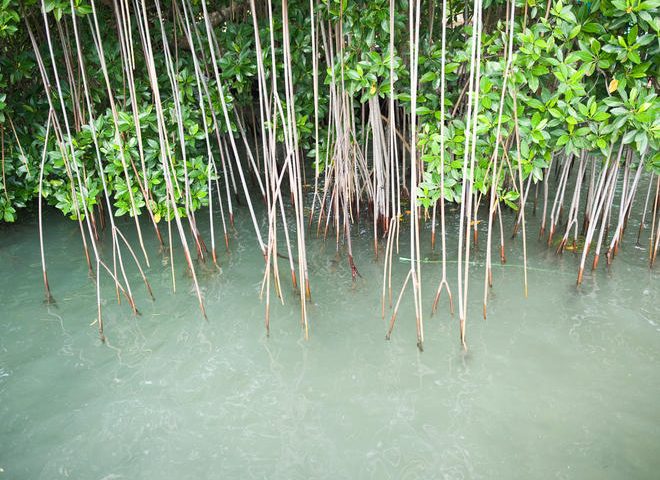Most trees could never survive salty ocean water. But mangroves aren’t just any trees. These species, found in tropical and subtropical regions, serve as a transition between marine to terrestrial environments. While mangroves provide valuable services for people and the planet, they’re disappearing at an alarming rate and human activity is mostly to blame.
Explore these forests below and learn what WWF is doing to bring back 20% of the mangroves we’ve lost by 2030.
Critical habitat
Mangrove forests are critical habitats that provide food and financial security for millions. This man is one of many locals who search for mud crabs in the mangroves around their homes as part of a fishing cooperative in Kei Kecil, Indonesia. Mangroves also offer critical protection for these communities by weakening wave energy and storm surges, adapting to rising sea levels, and stabilizing shorelines from erosion.
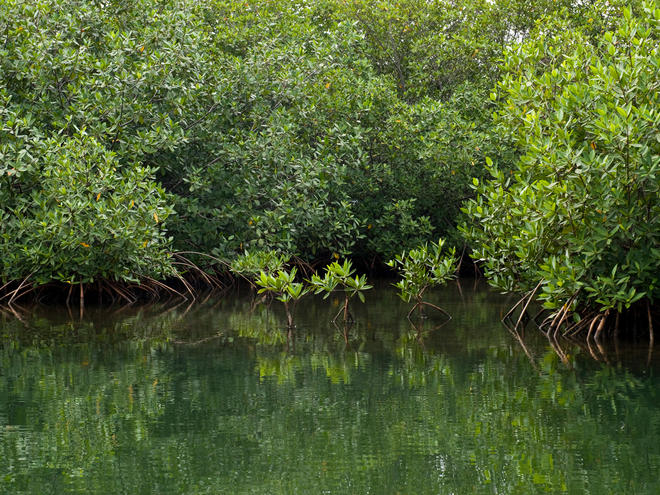
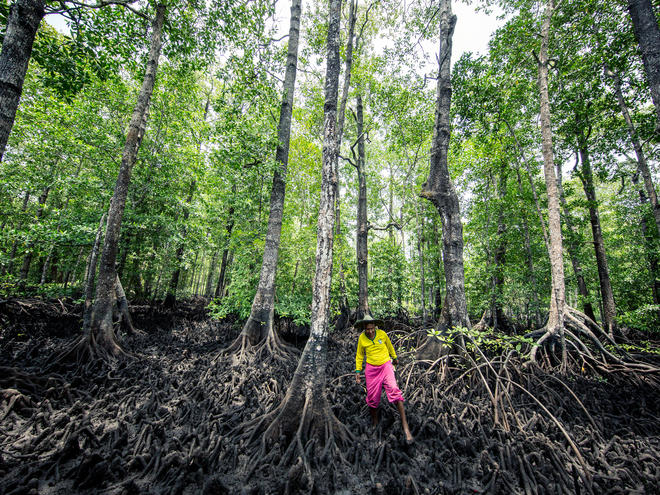
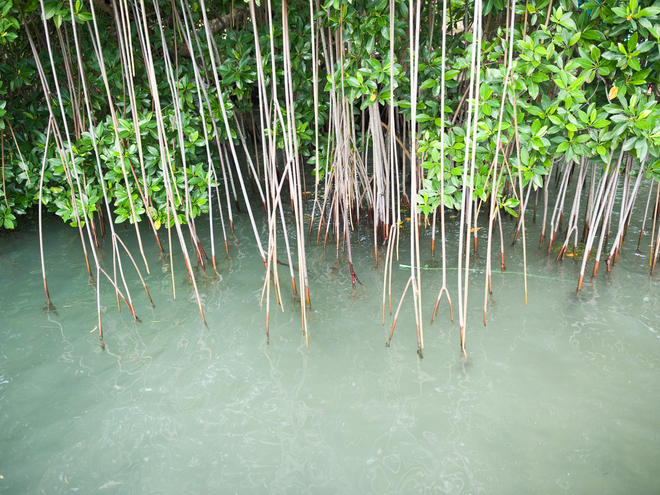
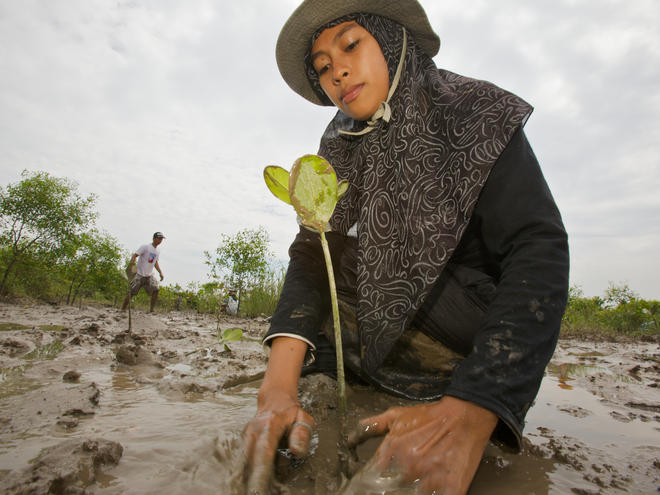


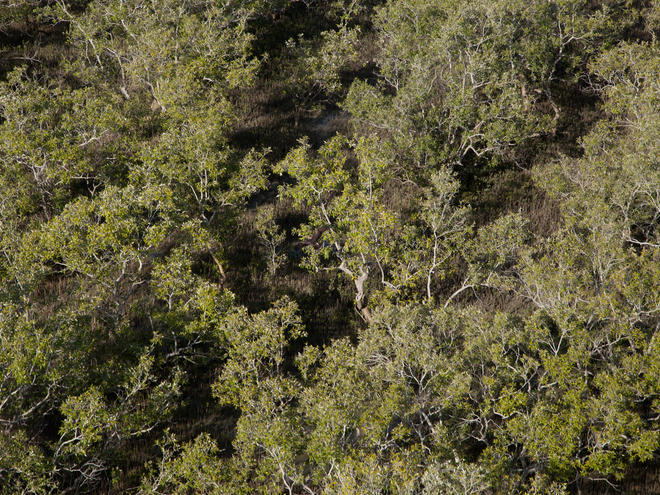
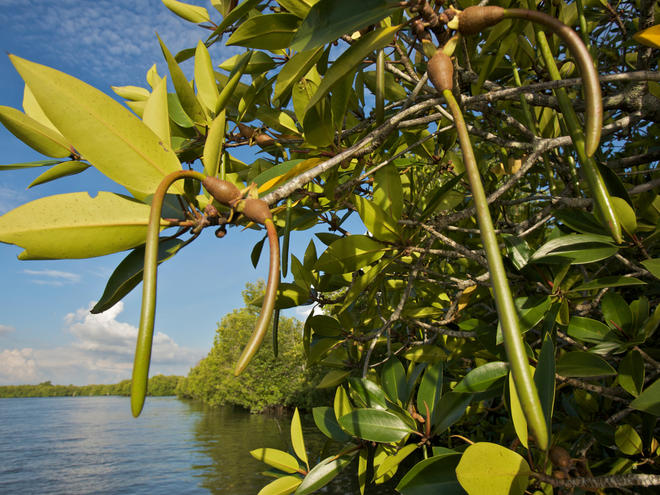
Storing carbon
Carbon pollution from factories, cars, and other sources is impacting the global climate. Mangroves, like these found in Placencia, Belize in Central America, capture and store tremendous amounts of carbon. Destroying these trees fuels climate change at a time when governments and industry have committed to reduce emissions.
Restoration
Mangrove restoration efforts can help reverse declines of these valuable trees. That was the goal of this seedling planting in abandoned shrimp ponds near Jaring Halus Village, North Sumatra.
Facing destruction
Roughly 50% of the world’s mangroves have been wiped out in the last half century and human activity has been a driver of damage. If we don’t act now, we could lose the remaining mangrove cover in just 100 years.
A damaged forest
Scientists are still studying a mangrove dieback in the Northern Territory near the Gulf of Carpentaria in Australia. Experts say there’s reason to believe climate change played a role.
A healthy forest
This is what a healthy mangrove forest looks like. These trees are near the mangrove dieback in the Northern Territory near the Gulf of Carpentaria in Australia.
How we can help mangroves
There is important mangrove conservation work underway right now, but it is not being done at a scale that can overcome the continued annual rate of destruction. That’s why WWF is collaborating in the Global Mangrove Alliance to support projects that reverse the ongoing loss of critically important mangroves through policy reform, new technologies, improved land use management, and investment in on-the-ground conservation, restoration, and sustainable use of mangroves.
Learn more about the Global Mangrove Alliance.
Enviroshop is maintained by dedicated NetSys Interactive Inc. owners & employees who generously contribute their time to maintenance & editing, web design, custom programming, & website hosting for Enviroshop.
